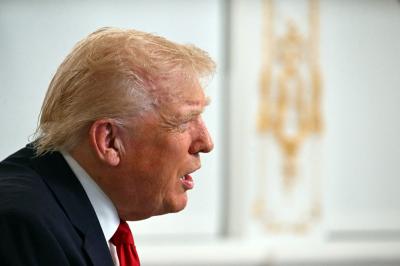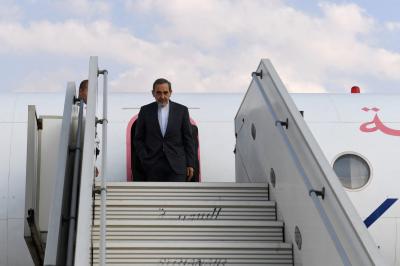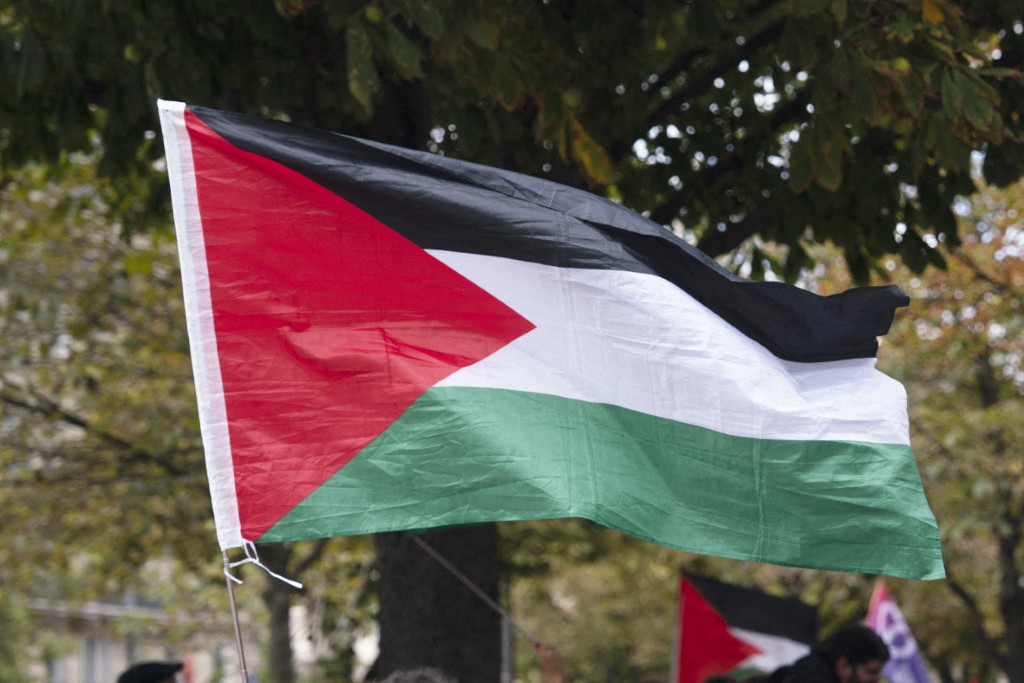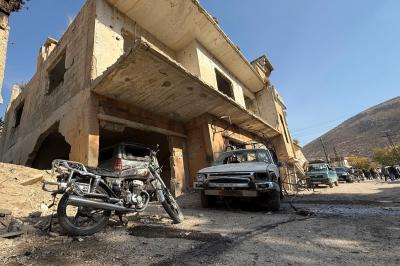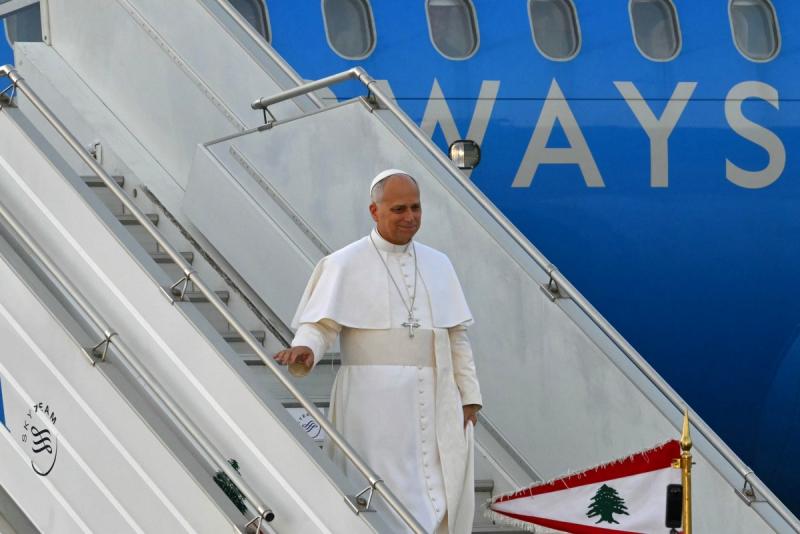The main outcome emerging from recent days in Gaza appears to be the suspension of the war — at least in its previous form — raising questions about how long the U.S.-brokered agreement, backed by Arab and Turkish pressure, will hold.
The most surprising development came from “Hamas.” Its positive response to Donald Trump’s plan caught Israeli Prime Minister Benjamin Netanyahu off guard. Netanyahu, who had reluctantly agreed to the plan after Trump’s initial endorsement, found himself facing a Palestinian movement that publicly thanked the U.S. president — a man known for his love of flattery — while simultaneously acknowledging Arab, Islamic, and international mediation efforts.
In its statement, “Hamas” expressed appreciation for all attempts to end the war, facilitate prisoner exchanges, allow humanitarian aid into Gaza, reject both occupation and displacement, and confirmed its readiness to release all prisoners — living or deceased — according to Trump’s proposal. The movement also agreed to begin immediate negotiations through mediators to discuss implementation details.
This was a calculated response: “Hamas” addressed only the aspects most relevant to its interests, aligning itself with the consensus around ending the war — in effect stripping Trump’s initiative of its core meaning.
The movement also pre-empted Netanyahu’s stated goal of destroying it. The next day, “Hamas” subtly announced its willingness to hand over Gaza’s administration to an independent Palestinian technocratic body based on national consensus, Arab and Islamic support, and international law. It left the issue open for future negotiation under a “unified national Palestinian framework” in which the movement vowed to “participate responsibly.”
The wording of “Hamas’s” statement was deliberate — free of religious rhetoric and heavily influenced by Arab, especially Qatari, and Turkish mediation. Its tone reflected the fingerprints of these regional intermediaries.
Yet, as always, the devil lies in the details. Each clause of the agreement will require intense negotiation under time pressure, particularly concerning the release of certain categories of detainees — including 250 prisoners serving life sentences in Israeli jails.
In the medium term, these negotiations could relieve military pressure and make it harder for Israel to resume the war in its previous form.
Israel, too, found itself cornered. International isolation was growing, compounded by public protests and opinion polls showing widespread Israeli support for ending the war and accepting Trump’s plan. Netanyahu now faces an internal political crisis. Ultra-right ministers Bezalel Smotrich and Itamar Ben Gvir reject the plan outright, accusing Trump of betraying them. The U.S. president, they say, didn’t even thank Israel publicly for its cooperation — and humiliated Netanyahu by forcing him to apologize to Qatar for earlier attacks.
Though often labeled “Israeli-made,” Trump’s plan has taken on a life of its own. Hard-liners in Israel had hoped it would culminate in Hamas’s disarmament, the return of all hostages, total demilitarization of Gaza, and the establishment of a civilian administration excluding both “Hamas” and the Palestinian Authority.
Instead, they fear that Israel’s temporary military gains may turn into a political defeat, preserving Hamas, and advancing the emergence of a Palestinian state. Trump’s reported demand that Netanyahu abandon West Bank annexation plans only reinforced those fears.
For many Israelis, Trump’s intervention “saved” the state from its deepest crisis yet. Israel had stumbled into military, political, and strategic confusion — further aggravated by its unprecedented strike on Qatar, a U.S. ally. Meanwhile, grassroots boycotts, solidarity flotillas, and global recognition of Palestine grew in strength.
As Israel’s “military pressure” strategy collapsed, Trump cast himself as the indispensable savior. Many Israelis view this as a strategic success: Israel might have won key battles, but not the war. The mounting damage to its global image has instead fueled a hostile international climate, leaving Netanyahu’s government scrambling to rebuild Israel’s diplomatic standing.
Ultimately, “Hamas” achieved something its fighters could not — a moral and political victory. The group triumphed in the global arena: on social media, in universities, in unions, and across European and American public opinion, where attitudes are shifting and threatening to snowball if the war continues.
Netanyahu now faces accusations of prolonging a brutal conflict that could have ended long ago. And looming questions remain: What happens if the current deal collapses? What if the new optimism fades?
The outcome depends not only on Netanyahu, once he retrieves the hostages and remains, but also on Trump — unpredictable as ever. His actions may hinge on whether he secures the Nobel Peace Prize he is reportedly eyeing. If he wins, he may revert to unconditional support for Israel; if he loses, he could act out of revenge.
For Palestinians, such scenarios only deepen mistrust. Yet even amid uncertainty, few expect the war to return to its previous scale.
Netanyahu might still resort to a “Lebanese scenario” — sustaining a low-intensity conflict through sporadic strikes, blocking reconstruction, and restricting aid. But for now, everything depends on the execution of Trump’s first phase — a roadmap riddled with political landmines.
Please post your comments on:
[email protected]
 Politics
Politics

